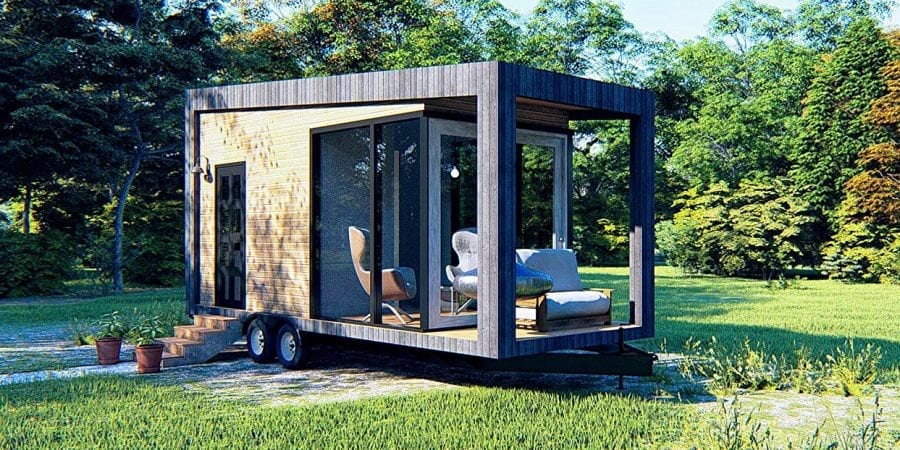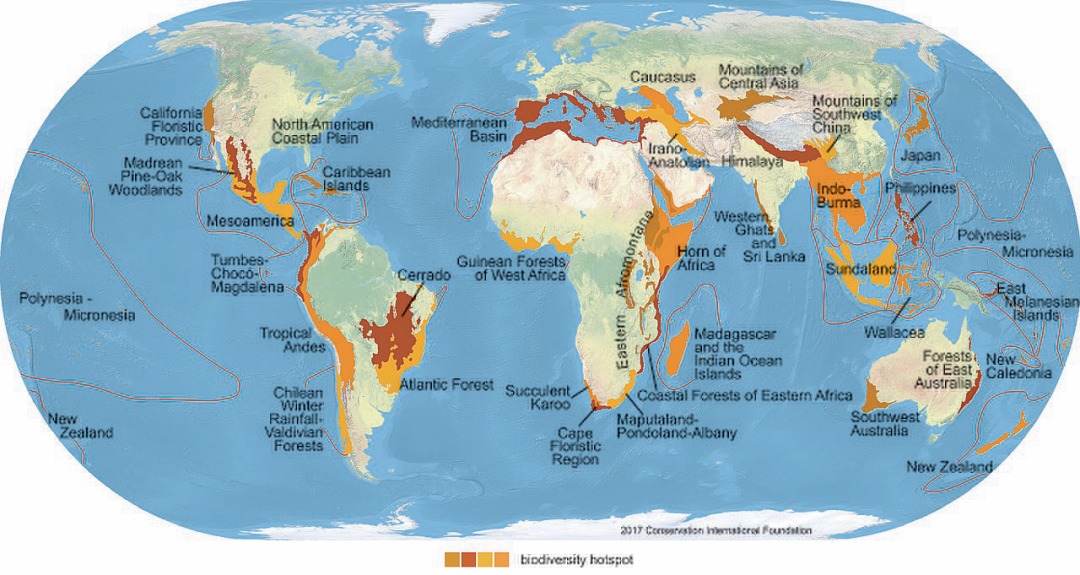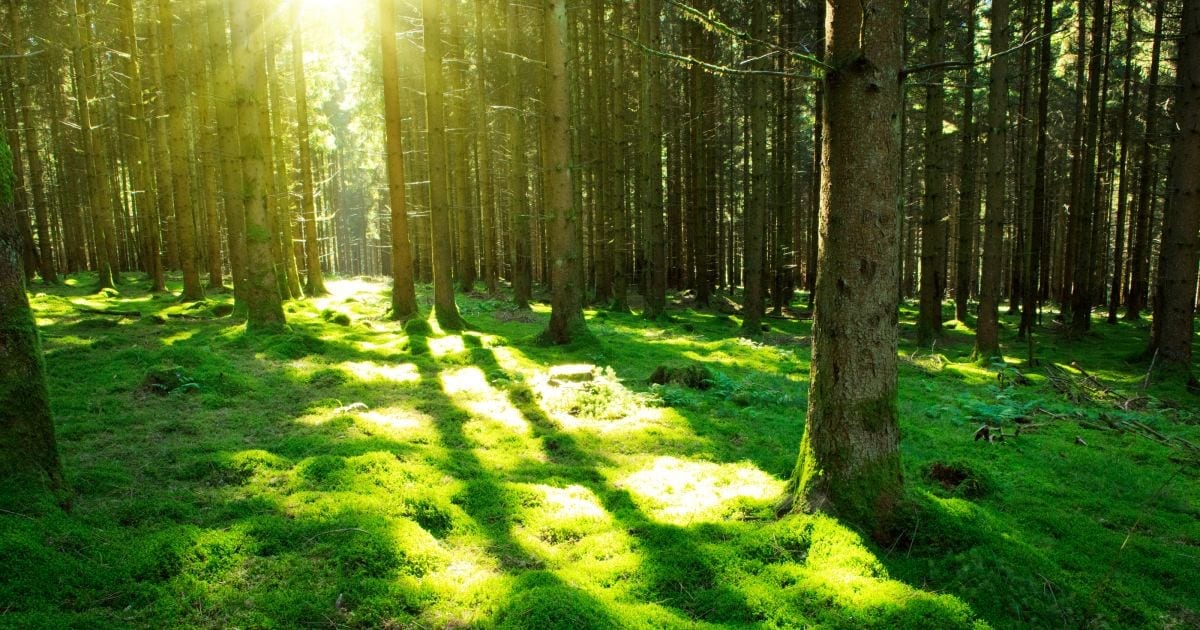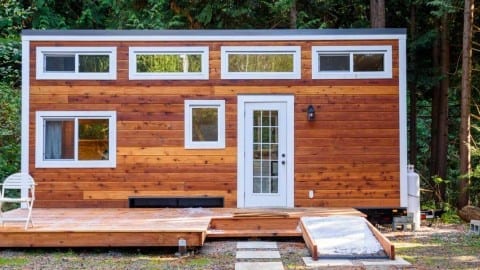Unheard of just a few years ago, tiny homes have become a part of mainstream awareness, if not adoption, based in part on popular HGTV shows like Tiny House Hunters and Tiny House Big Living.
The days of the 3,000 square-foot home accompanied with a 30-year mortgage are not entirely numbered, but younger generations are increasingly searching for more affordable and environmentally friendly housing alternatives. Studies show that younger people typically have a higher level of environmental and ecological awareness, and make consumer decisions that are based on limiting carbon footprints and respecting natural resources. At the same time, many young people find themselves pushed out of the housing market due to rapidly increasing land values and expensive homes that make it ever more difficult to qualify for home loans.
Instead of living in their parent’s basement or settling for ridiculously high rent payments that do not allow people to build up some sort of equity through owning the places where they live, tiny homes are popping up around the country. While a family of six might not be able to fit into a 200 square foot home, tiny houses offer a number of advantages to younger people, smaller families and others in the Bay area who find themselves unable to find reasonably priced housing.
What’s Wrong with a 2,000 Square Foot Home?
In the year 2014, the average size of a home in the US was near 2,600 square feet. Homes today are over 1,000 square feet larger than homes built in the 1970s despite the fact that average household size has decreased about half a person since the 70s. Today, the living space per person in a traditional home has almost doubled in size.
Environmentally speaking, the process of cooling and heating our homes leads to around 40% of all carbon dioxide emissions in the US. The average home is emitting upwards of 6,400 pounds of CO2 into the atmosphere every year. While much has been written about the increased energy efficiency of newer homes and technologies, the large size of those homes erases any potential gains in efficiency.
Lastly, and perhaps most importantly for people living in the San Francisco area where housing prices are some of the highest in the country, American families have an average mortgage debt that is above $200,000 dollars.
How Small is Tiny and the Benefits of a Smaller Footprint
Tiny homes are generally recognized as any home that is under 500 square feet, though many only measure around 200 to 250 square feet. While these types of homes can be built on foundations, they are often built directly on top of a trailer in order to facilitate moving the homes from one living spot to the next.
From an economic perspective, tiny homes are much less expensive than other housing alternatives. The average cost of a tiny house hovers around $30,000 dollars, while some people have self-built their homes for well under $10,000. Unlike modern homes which almost always come attached with a lengthy (and expensive) mortgage, over 2/3 of all tiny home owners build or purchase their home without any sort of loan.
Because of their smaller size, many tiny houses are self-powered by solar panels or other renewable energies and some tiny homes are either carbon zero or carbon positive, thus producing as much energy as they use on a monthly or yearly basis. Another ecological advantage of tiny homes is that they have a much lower embodied energy ranking because of the limited amount of raw materials that is needed to build the home. While the massive McMansions built from 2x4s and plywood use upwards of seven logging trucks of lumber for each home, tiny homes often use as little as only one half of one logging truck worth of lumber.
Tiny House Builders in the Bay Area
In the San Francisco area, the tiny home movement is quickly taking root, with several tiny home communities popping up around the region and tiny homebuilders and contractors finding a niche market with people interested in living sustainably and affordably. Below, we take a quick look at some of the tiny home communities and builders in the Bay area.
- Delta Bay Tiny House Resort: This tiny house community claims to be the only legal tiny house community in Northern California. It allows people with tiny homes on wheels to legally park their tiny house and they also have several tiny homes for sale within the property.
- Tiny Portable Cedar Cabins: The name itself is charming, and the tiny homes made by this company live up to the name. They offer tiny homes on wheels between 144 and 400 square feet. Furthermore, their homes are RV-certified meaning that you should be able to find several places to legally park your tiny home.
- Sierra Tiny Houses: This company works in northern California and northern Nevada. They offer a wide variety of tiny home designs. Their cottages and bungalows are priced around $60,000 dollars and are completely finished and ready to move in as soon as you find a place to put the tiny house.
A Few Regulatory Challenges for Tiny Homes in California
Despite the fact that the tiny house movement has found resonance with people around San Francisco and northern California, there are still several legal challenges. Most building codes around the state and the nation have minimum square footage requirements that essentially make tiny homes illegal.
Despite these challenges, several areas around the state are beginning to implement more progressive building codes that open the path for tiny homes and other alternative housing models. In San Jose, building codes were waived for the construction of tiny homes for the homeless. California law that permits the building of accessory dwelling units (ADUs) has the possibility of opening up opportunities for legalizing tiny homes. Furthermore, across the border in Pima, Arizona, a countywide building code now completely permits tiny homes.
Despite some of these challenges and the reluctance of local governments to embrace the environmental and ecological benefits so evident with this alternative, the tiny house movement will most likely continue to expand in years to come. The prohibitive housing market coupled with the ominous threat of global warming should continue to persuade people from all walks of life to opt for a tiny home that can save you money, allow you to live closer to the natural world, while simultaneously reducing the carbon footprint of your household.
Image Credit: Tiny House by The Traveler for Sale on Amazon – as of the date of this post, $50,000 with free shipping. Only one left! Please note: This is an affiliate link. If you purchase this tiny home on Amazon, Republic of Green may make a small commission, which will help us to keep our (LED) lights on!
- Top 10 Ways to Save Water Used for Landscaping - January 1, 2023
- Accessory Dwelling Units (ADUs) Help Ease Housing Cost in California - May 8, 2022
- Living Smaller: Tiny Homes in the Bay Area - May 6, 2022










